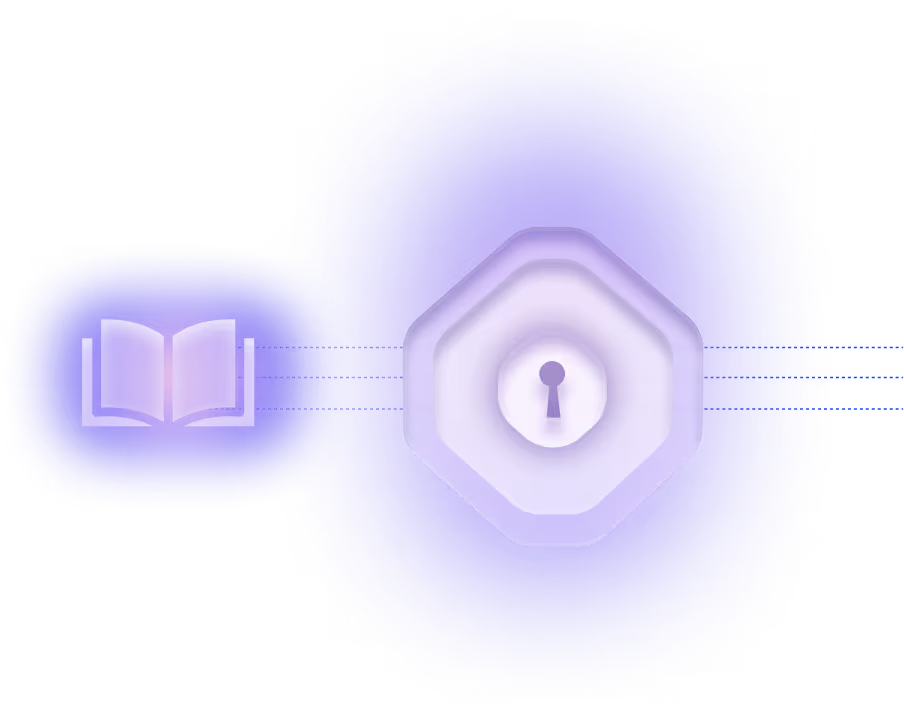Machine Credentials

What are machine credentials?
Machine credentials are cryptographic artifacts used to authenticate and authorize non-human identities (NHIs)—such as applications, services, containers, and devices—when interacting with systems, APIs, and cloud services. Unlike human users who rely on passwords or multi-factor authentication, NHIs use machine credentials to operate autonomously at scale. These credentials include API keys, digital certificates (e.g., X.509), OAuth tokens, SSH keys, and service account secrets, each tailored to specific workloads and environments.
Why are they important?
Machine credentials are foundational to modern infrastructure, enabling secure machine-to-machine communication across hybrid and multi-cloud environments. However, they also represent a significant attack surface. Improperly managed or exposed machine credentials have been implicated in over 80% of cloud-related breaches. Because these credentials often lack human oversight, they are frequently misconfigured, overprivileged, or left behind after decommissioning, creating persistent access paths for adversaries. Effective management of machine credentials is critical for enforcing least privilege, maintaining operational integrity, and meeting compliance requirements.
What are common applications or use cases?
In practice, machine credentials are used across a wide array of enterprise workflows. For example, a CI/CD pipeline may use a short-lived OAuth token to deploy infrastructure to AWS, while a Kubernetes pod may use an mTLS certificate to authenticate to a service mesh. Similarly, IoT devices use embedded certificates to securely connect to cloud platforms. These credentials also govern access to third-party APIs, internal databases, and cloud-native services—making their secure provisioning, rotation, and revocation essential to enterprise security.
What is the connection to NHIs (Non-Human Identities)?
Machine credentials are the primary means by which NHIs establish trust and access within digital ecosystems. Each NHI—whether a service account, containerized application, or cloud workload—relies on one or more machine credentials to perform its functions. As NHIs proliferate rapidly, often outnumbering human users by 45:1 in cloud environments, managing their credentials becomes a high-stakes challenge. Without centralized governance, organizations risk credential sprawl, orphaned access, and blind spots in security controls.
Are there any notable industry data, trends, or standards?
Yes. The OWASP NHI Top 10 highlights machine credential risks such as improper offboarding and secrets leakage as leading causes of cloud compromise. Industry reports have documented widespread exposure of static credentials in public repositories, with adversaries exploiting them for initial access, privilege escalation, and lateral movement. Emerging best practices include adopting ephemeral credentials, enforcing Zero Trust principles with mTLS and SPIFFE/SPIRE frameworks, and integrating secrets management platforms like Vault or AWS Secrets Manager for automated rotation.
What is the broader impact or takeaway?
Machine credential governance is no longer optional—it is a strategic imperative for securing modern, cloud-native environments. Organizations that implement automated lifecycle management, continuous discovery, and context-aware access controls for machine credentials significantly reduce their attack surface and enhance compliance readiness. As non-human identities continue to scale, securing machine credentials is essential to enabling safe automation, resilient infrastructure, and a Zero Trust security architecture.





